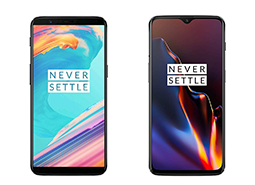The MVC design pattern aims to divide the application code into units of their own, so maintenance and optimization won’t be a hassle. Programmers can build components simultaneously without stepping over each other’s work, and they can reuse components. They can also deploy and maintain the components independently from others. MVC makes it easier to build large, complex applications, leading to faster, more efficient development efforts. In addition, MVC supports test-driven development, while making it possible to test and troubleshoot components individually.
The commands performed on the example model have all involved accumulating a selection of items in the model. It is also possible to clear the selection, or to replace the current selection with a new one. We can keep track of the currently focused item by connecting the currentChanged() signal to a slot that is called with two model indexes. These correspond to the previously focused item, and the currently focused item.
WHAT YOU WILL LEARN
In such cases, the model should return false to indicate failure to enable any attached components to handle the situation. When a drop occurs elsewhere in the view, and the row number is unusable, we append items to the top level of the model. Note that custom datatypes must be declared as meta objects and that stream operators must be implemented for them.
Using this model, we can show how to set up a model for use with ready-made views, and explore how to manipulate data using model indexes. The Model is the application object, the View is its screen presentation, and the Controller defines the way the user interface reacts to user input. It represents data that is being transferred between controller components or any other related business logic.
What is model-view-controller (MVC)?
In the model/view architecture, the model provides a standard interface that views and delegates use to access data. No matter how the items of data are stored in any underlying data structure, all subclasses of QAbstractItemModel represent the data as a hierarchical structure containing tables of items. Views use this convention to access items of data in the model, but they are not restricted in the way that they present this information to the user. QAbstractItemModel provides an interface to data that is flexible enough to handle views that represent data in the form of tables, lists, and trees. Each of these classes can be subclassed to provide models that support specialized kinds of lists and tables.
In the following code, we apply a second selection of items to the table model shown above, using the Toggle command to invert the selection state of the items given. These efficiently maintain information about large selections of items by recording only the starting and ending model indexes for each range of selected items. Non-contiguous selections of items are constructed by using more than one selection range to describe mvc developer the selection. Another approach that does not require the use of an event filter is to provide our own editor widget, perhaps subclassing QSpinBox for convenience. This alternative approach would give us more control over how the editor widget behaves at the cost of writing additional code. It is usually easier to install an event filter in the delegate if you need to customize the behavior of a standard Qt editor widget.















